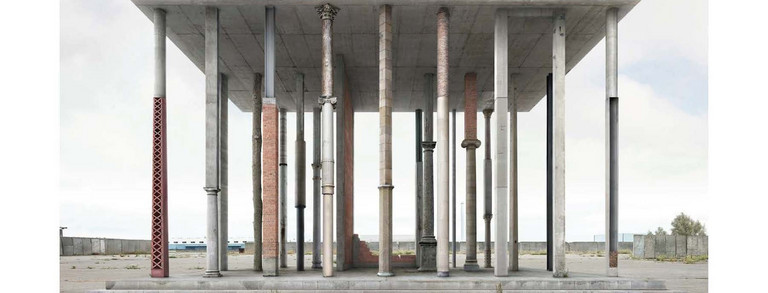
You are here:

Heike Hanada studied architecture at the HdK Berlin and at TODAI, University of Tokyo. In 1994, she founded her studio (Hanada+) in Tokyo, and in 2007 in Weimar (heike hanada_laboratory of art and architecture). Today she works as an artist and architect in Berlin. In 2007, her work received international recognition after receiving the 1st prize in an open competition for the extension of the Asplund Library in Stockholm. Since 2009, Heike Hanada has been Professor for Design at the FH Potsdam. In 2018, she took over the chair for Building Typologies at the TU Dortmund. On June 6, 2019, she received the Thuringian Architecture Prize for the recently opened Bauhaus Museum in Weimar.

Not an object. Not a monument.*
About the same time that Venturi’s Complexity and Contradiction in Architecture was published, Tony Smith develops his series of monumental sculptures made of black painted plywood. The architect Smith changes his position, he becomes an artist. Agnes Martin definitively withdrew to New Mexico in 1967. She doesn’t paint for the next seven years. At the end of the 1960s, both Smith and Martin develop a radical monumentality through their extreme reduction in media, which stands in great contradiction to the implications of the Nine Points of Monumentality by Giedeon/Sert/Leger from 1944. Both the geometric, hermetically closed volume in space and the endless repetition of parallel lines on a surface manifest an uncompromising search for an absoluteness that is not reflected in the built reality surrounding them.
Architecture and Art are seemingly distancing themselves from one another in a continuous process. The moment of transcendence and sublimity is lost, withdrawing from the public space. Architecture and the monument become a contradiction, or the search for a monumental architecture for the 21st century rises from exactly this dilemma to redefine monumentality anew in the sense of an uncompromising attitude comparable to that of Smith and Martin.
*Tony Smith
